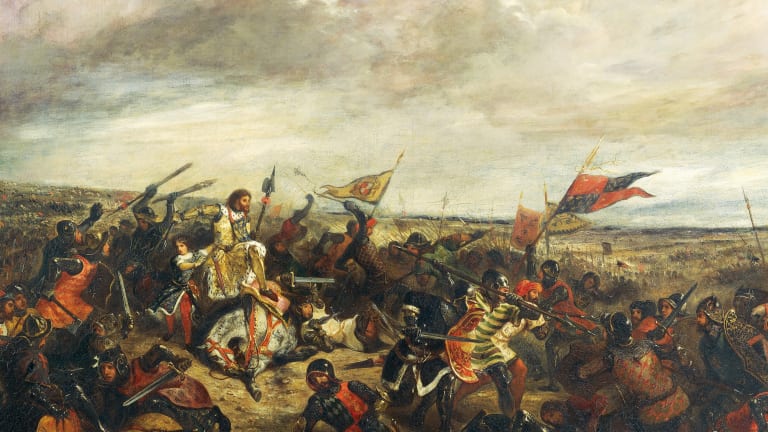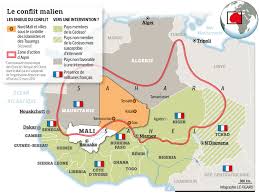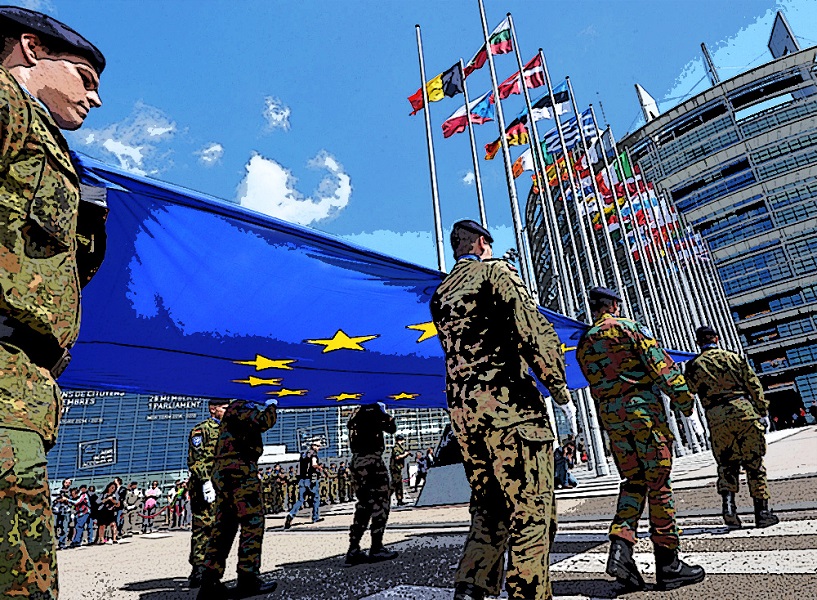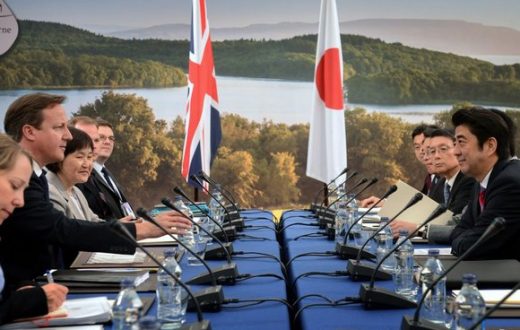According to historic traditions, the hundred years’ war is dated from 1337 to 1453 (Keen, 2007). In this context, Curry (2005) argues that the term “The Hundred Years’ War” is a mid-nineteenth century invention; however, the war between England and France lasted for 116 years. Curry (2005) further adds that because of the tenurial relationship of their rulers, England and France had been at war on numerous occasions before 1337. Although the Kings of England were dukes of Aquitaine, an area in France, the sovereignty of the area still belonged to France. The war started in 1337 between the two when English kings claimed to be the crown of France (Curry, 2005, p. 1).
After the death of Capetian King without a successor, grandson of Philip IV, Edward III of England claimed the right to the French Throne. For the throne, Edward III launched a war which continued from 1337 to 1453 on and off. This war, later on, came to be known as The Hundred Years’ War. From 1337 to 1421, the victory passed between England and France until the French drove the English out entirely from France except for Calais, a port city in 1453 (Beck, et al. 2009, p. 401).
According to Beck, et al. (2009), for over a century, France and England battled with each other on French soil. The warfare style in Europe changed after the Hundred Year’s War. During the war, medieval ideals of chivalry were still operational among some combatants. The Longbow changed the warfare style in Europe (p. 401-402). Moreover, this century of war between France and England proved to be the end point of medieval Europe’s society (Beck, et al. 2009, p. 401). Tuchman (1978) in this context writes that this hundred years’ war broke medieval Europe’s unity (p. 486).
Causes of the Hundred Years’ War:
According to Allmand (1988), the war was accepted with fatalism in the Middle Ages. War was the part of the divine plan linked with the flood, plague and famines as an indicator of God’s wrath for sins committed by the people. However, the fundamental cause of the Hundred Years War was the breakdown of the historic feudal order in England and France which could no longer meet the demands of changing times. Moreover, there was a gradual increase in the understanding of the national characteristics which led to the event (p. 25). Additionally, Allmond (1988) argues that the major changes in the society’s development cause the war. There was a long historic link between France and England, both being the two most powerful western countries of the late Middle Ages, links were getting feeble gradually (p. 26). However, the trigger of the Hundred Years’ War was the claim of the English kings over the crown of France. The English Kings were the dukes of Aquitaine which belonged to France. In 1337, the claim of Kings of England over the crown proved to be the starting point of the hundred years’ war (Curry, 2005, p. 1).
Nevertheless, Green (2014) in this context argues that the relationship between England and France was rancorous long before the 1337 and it remained so after the end of the Hundreds Years’ War in 1453 (p. 161). This argument is also supported by Anne Curry in her book “The Hundred Years’ War 1337 – 1453”. In this regard, she argues that because of the tenurial relationship of their rulers, English and France had been at war on numerous instances before 1337 (p.1).
The Hundred Years’ War:
According to Beck, et al. (2009), Edward III of England claimed the right to the French throne after the Capetian king died without a successor. In order to get the throne, he launched the war which came to be known as the Hundred Years’ War. The war had two phases. The first phase was from 1337 to 1421 in which the victory passed between France and England. The second phase was from 1421 to 1453 during which the French drove English completely out of France except for the port city of Calais (p. 401). However, Anne Curry (2005) describes the war in five phases. The first phase starts when Philip VI of France declares Edward III’s lands annexation in 1337 and ends with the treaty of Bretigny/Calais in which Edward III lands in complete sovereignty in 1360. In 1369, with the declaration of Edward III’s lands confiscation by Charles V, the second phase begins which ends with a truce in 1389 extended in 1396 to 28 years. The third phase began when Henry IV sent his army to support Armagnacs in 1412. This phase was full of events from the defeat of French at Agincourt in 1415 to the assassination of John, Duke of Burgundy in 1419. From 1425-1428, English forces took over Maine and moved towards the Loire which marked the end of the third phase of this war. With French siege of Orleans and defeat of English at Patay along with the crowning of Charles VII at Reims began the fourth phase of the Hundred Years’ War. Henry VI was also crown during this phase in 1431 in Paris. In 1444, Truce of Tours ended this phases. Curry (2005) calls the last phase, the end of the war which lasted for 5 years from 1449 to 1453. During the beginning of the end of the war phase, French started reconquest of Normandy and English took Fougeres in 1449. In 1450, French gained a victory at Formigny and during the next year, French gained the sovereignty of Gascony. French forces defeated the English at Castillon in 1453. In the context of French victory at Castillon, Allmond (1988) writes that with the murder of English Commander John Talbot by the fire of cannon, the English were defeated and The Hundred Years’ War came to an end. “Although men of the day may not have known it, the Hundred Years War was effectively over (p. 54 – 55).”








